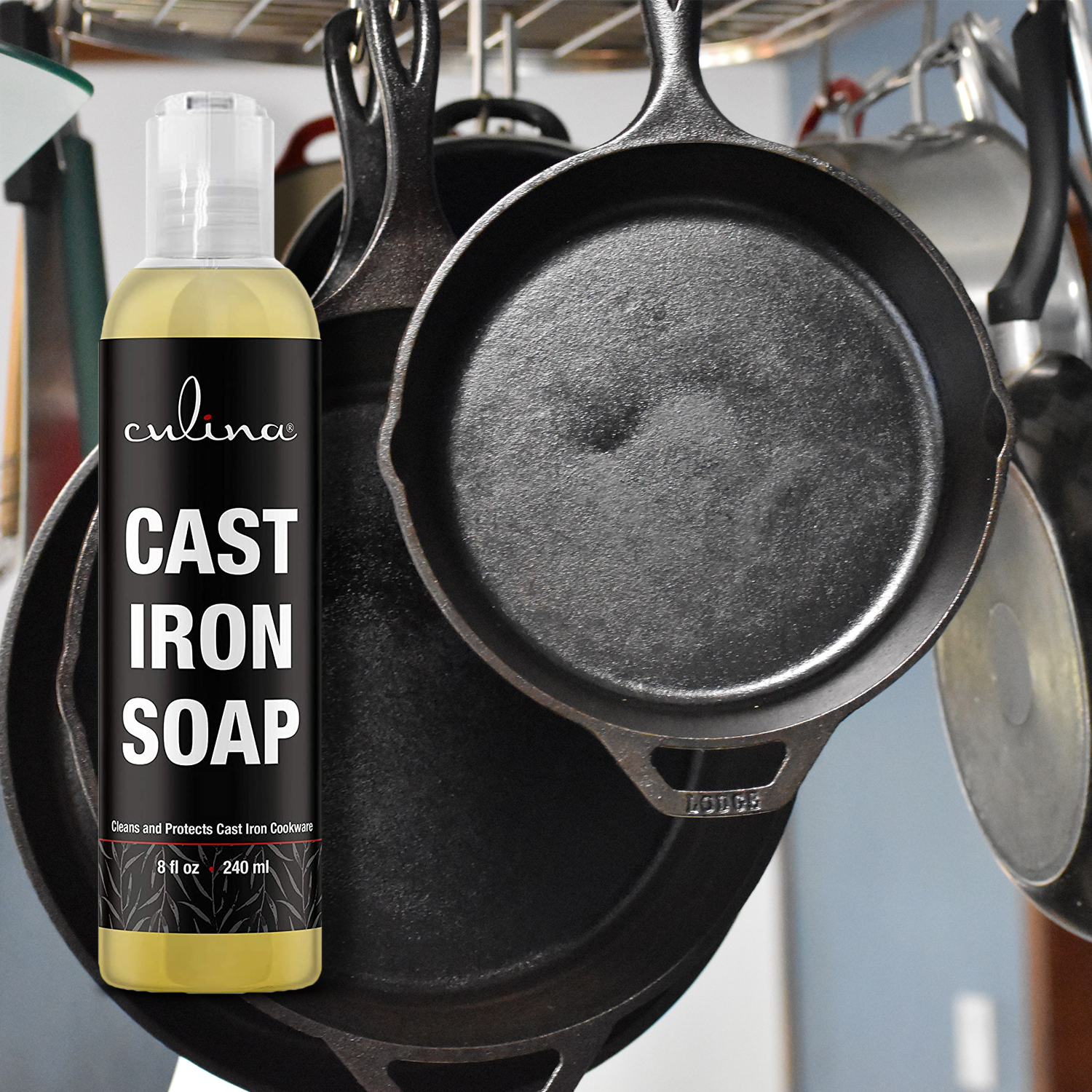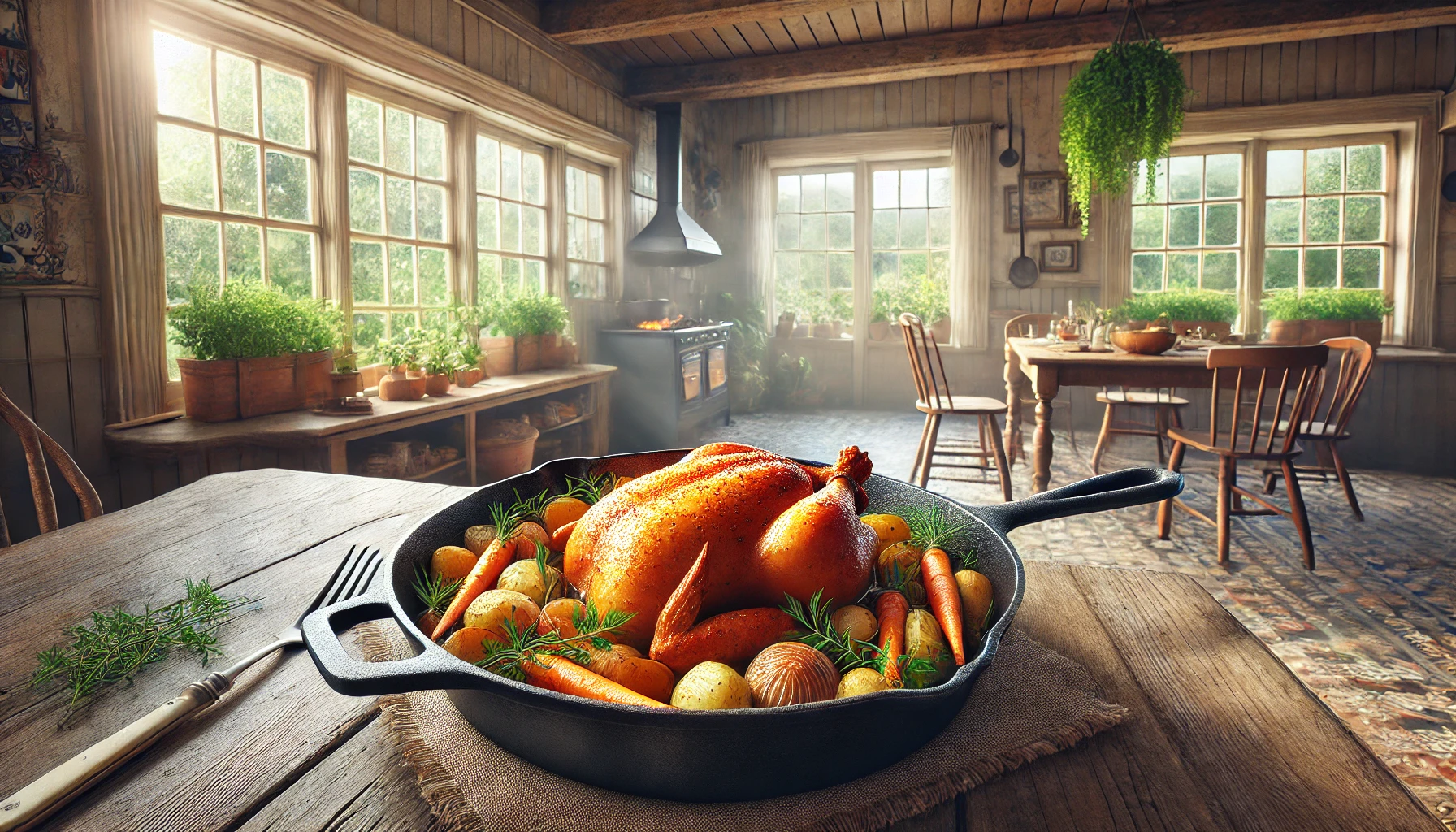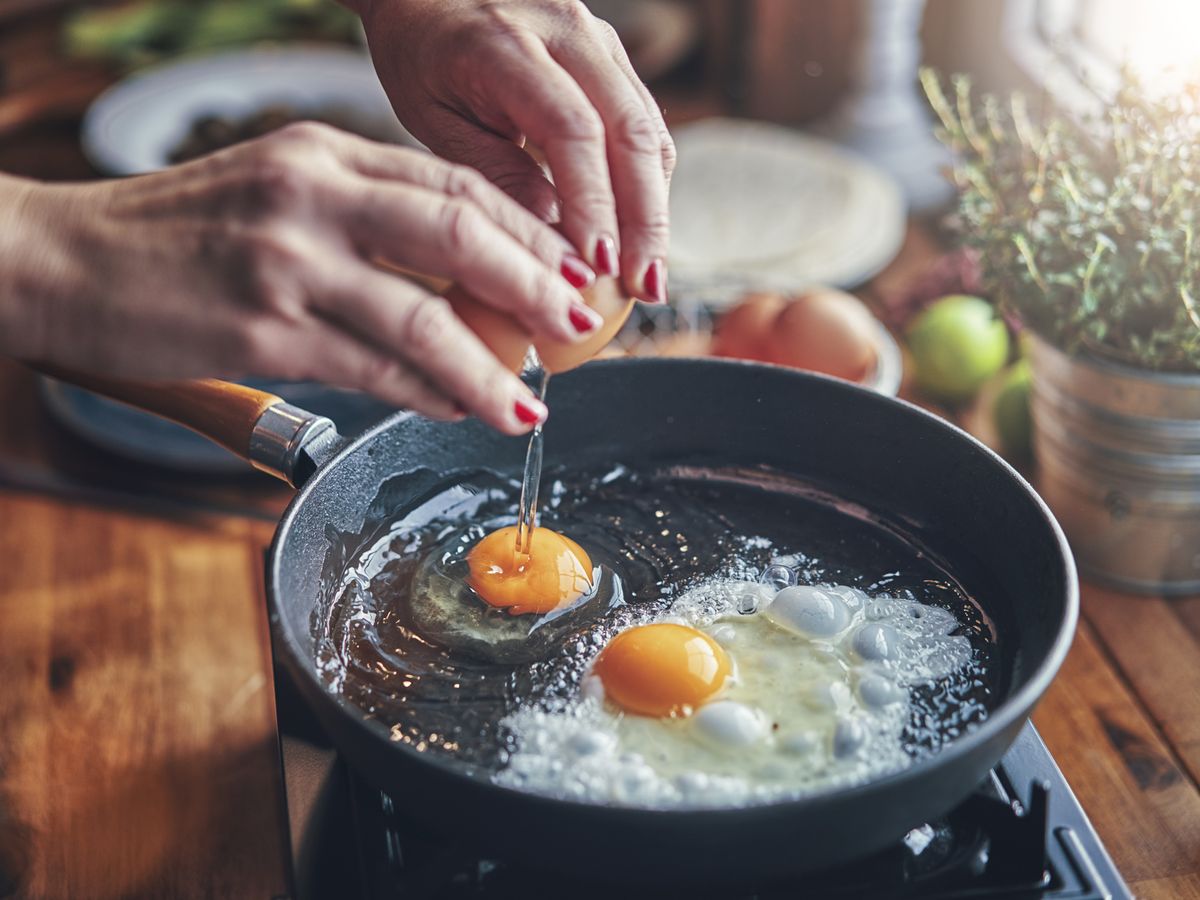Cooking a ribeye steak can seem daunting if you don’t have a cast iron skillet. But don’t worry, it’s here! You can still make a delicious ribeye steak using just your stove and a few basic kitchen tools. Whether you’re a home chef, a renter without specialized cookware, or simply looking to try something new, this guide has got you covered. We’ll take you through each step with clear instructions and plenty of tips to ensure your success.

Why Cook Ribeye Steak on the Stove?
Cooking ribeye steak on the stove is a quick and convenient method, especially when you don’t have a cast iron skillet. This technique allows you to achieve a perfect sear and juicy interior without the need for specialized equipment. Plus, it’s a great way to experiment with different cooking methods and flavors.
What You’ll Need
- Ribeye steak (1 1/2 inches thick)
- Non-stick pan or stainless steel skillet
- Olive oil or vegetable oil
- Butter
- Garlic cloves
- Fresh herbs (such as rosemary or thyme)
- Sea salt and freshly ground black pepper
- Meat thermometer

Preparing the Steak
Step 1: Choosing the Right Steak
When selecting a ribeye steak, look for one with good marbling. The fat within the meat will help keep it tender and flavorful during cooking. A thickness of 1 1/2 inches is ideal for this method.
Step 2: Seasoning
Generously season both sides of the steak with sea salt and freshly ground black pepper. Let it sit at room temperature for about 30 minutes. This will allow the steak to cook more evenly.
Step 3: Preheating the Pan
Heat your non-stick pan or stainless steel skillet over medium-high heat. Add a tablespoon of olive oil or vegetable oil and let it heat until it’s shimmering but not smoking. Preheating is crucial to achieving a good sear on your ribeye steak.

Cooking the Ribeye Steak
Step 4: Searing
Place the steak in the preheated pan. Sear it without moving for about 4-5 minutes on each side, or until a golden brown crust forms. The key is to let the steak develop a flavorful crust before flipping it. Use tongs to flip the steak rather than a fork to pierce it and potentially lose valuable juices.
Step 5: Basting with Butter
Once the steak is seared on both sides, add a tablespoon of butter, a crushed garlic clove, and some fresh herbs to the pan. Baste the steak by tilting the pan and spooning the melted butter and aromatics over the meat. This will enhance the steak’s flavor and keep it moist.
Step 6: Checking Doneness
To ensure your ribeye steak is cooked to your preferred level of doneness, use a meat thermometer. Here are the target temperatures:
- Rare: 120-130F
- Medium Rare: 130-135F
- Medium: 135-145F
- Medium Well: 145-155F
- Well Done: 155F and above
Remove the steak from the pan a few degrees below your target temperature, as it will continue to cook while resting.
Step 7: Resting
Transfer the steak to a cutting board and let it rest for about 5-10 minutes. This allows the juices to redistribute within the meat, ensuring a juicy and flavorful bite.

Serving and Enjoying
Step 8: Slicing and Presentation
Slice the ribeye steak against the grain to ensure tenderness. Arrange the slices on a plate and drizzle any remaining pan juices over the top. Garnish with fresh herbs if desired.
Step 9: Side Dishes
Pair your ribeye steak with delicious sides such as garlic mashed potatoes, roasted vegetables, or a fresh salad. This will complete your meal and provide a balanced dining experience.
Additional Tips for Cooking Ribeye Steak on the Stove
Use a Meat Thermometer
Investing in a reliable meat thermometer is crucial for achieving the perfect ribeye steak. It ensures you reach the desired doneness without overcooking.
Resting is Key
Never skip the resting step. Allowing the steak to rest after cooking helps retain its juices and enhances the overall flavor.
Aromatics and Flavors
Experiment with different herbs and aromatics to customize the flavor of your ribeye steak. Rosemary, thyme, and garlic are classic choices, but feel free to get creative with your seasonings.
Why Some Prefer No Cast Iron
Cooking a ribeye steak without cast iron has its benefits. For one, non-stick and stainless steel pans are easier to handle and clean. They also heat up more quickly, reducing your overall cooking time. Moreover, if you’re in a temporary living situation or don’t own a cast iron skillet, this method provides a flexible alternative.
Ease of Cleaning
Non-stick and stainless steel pans are typically easier to clean than cast iron. They don’t require the same level of care and seasoning that cast iron does.
Quick Heat-Up
Non-stick and stainless steel pans heat up faster than cast iron, which means you can start cooking sooner. This is especially convenient when you’re short on time.
Versatility
If you don’t have a cast iron skillet, you’re not limited in your cooking options. Non-stick and stainless steel pans can be used for a wide variety of dishes, making them versatile kitchen tools.
Common Mistakes to Avoid
Overcrowding the Pan
Avoid placing too many steaks in the pan at once. Overcrowding can lower the pan’s temperature, resulting in uneven cooking and less effective searing.
Using Cold Steak
Don’t cook the steak straight from the refrigerator. Allow it to reach room temperature before cooking to ensure even cooking throughout.
Skipping the Resting Step
As mentioned earlier, resting the steak is crucial. Cutting into it immediately after cooking will cause the juices to run out, leading to a dry steak.
Not Using Enough Salt
Be generous with seasoning. Salt enhances the natural flavors of the steak and helps create a delicious crust during searing.
Cleaning Up
Washing the Pan
For a non-stick or stainless steel pan, allow it to cool before washing. Use warm, soapy water and a non-abrasive sponge to clean it. Avoid using steel wool or harsh cleaners that can damage the pan’s surface.
Storing Leftovers
If you have leftovers, store them in an airtight container in the refrigerator. Ribeye steak can last for 3-4 days when properly stored. To reheat, use a gentle heat to avoid overcooking.
Additional Resources
For more tips on how to care for your cookware, check out this helpful guide on cast iron skillet care: Skillet Care.
If you are interested in exploring more about cast iron alternatives, visit Bon Appetit for more insights and tips.
FAQs
Can I use a different cut of steak?
Yes, you can use other cuts such as sirloin or filet mignon. Adjust cooking times based on the thickness and type of steak for best results.
What oil should I use?
Olive oil or vegetable oil works well for searing steak. You can also use avocado oil or grapeseed oil for their high smoke points.
How do I know when the pan is hot enough?
The oil should be shimmering but not smoking. You can also sprinkle a few drops of water into the pan; if they sizzle and evaporate quickly, the pan is ready.
As an Amazon Associate, I earn from qualifying purchases.

